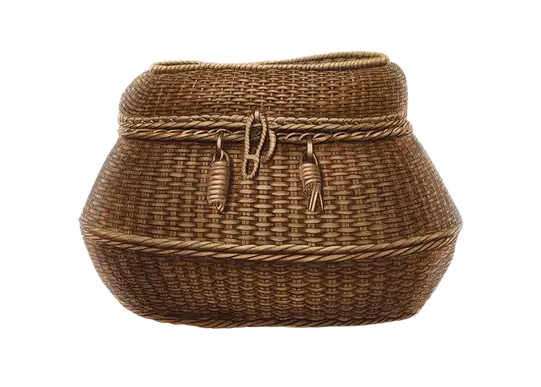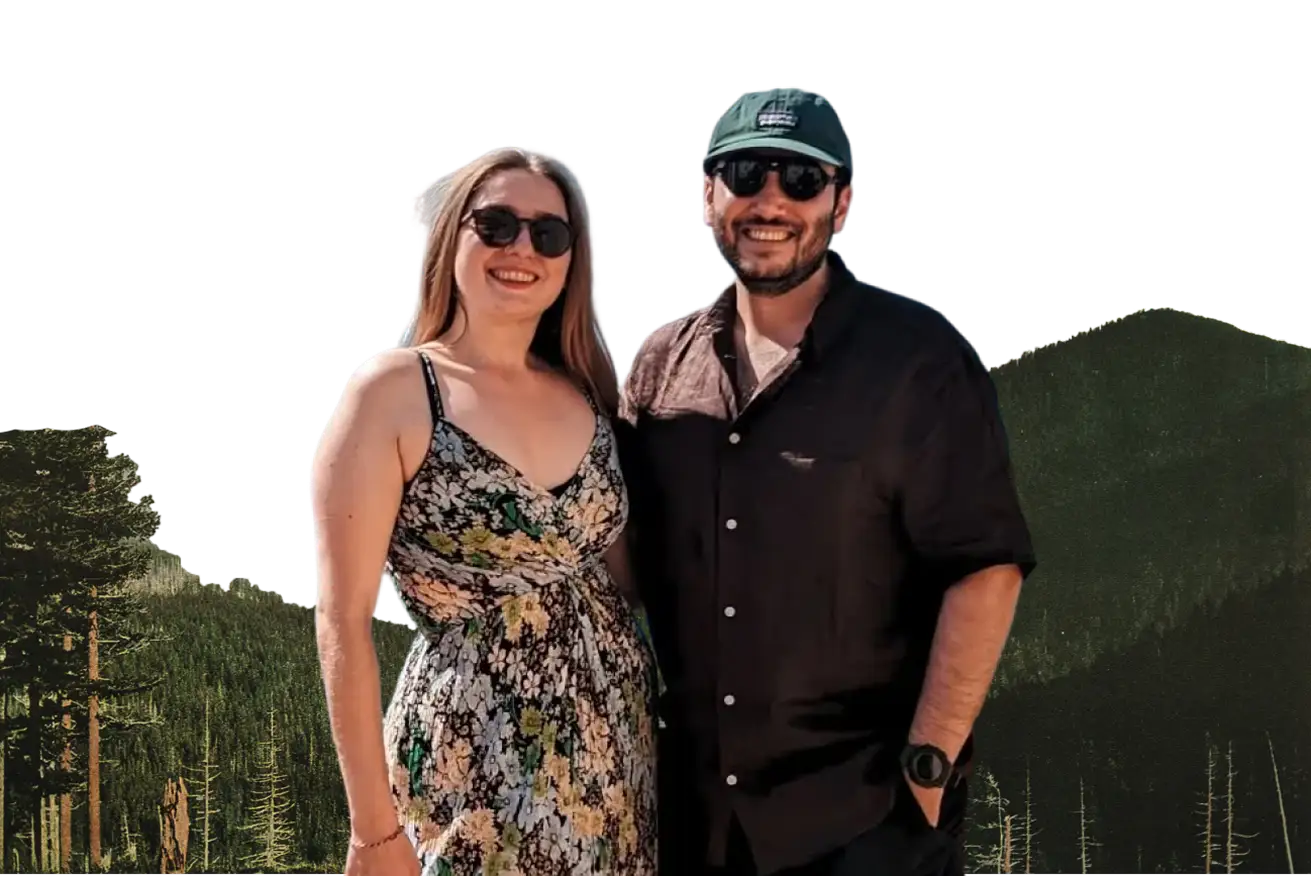There are cities that you visit, and there are cities that you read. Trabzon, on Turkey's lush and dramatic Black Sea coast, is a city that feels like a complex, ancient book, its pages turned by empires, its chapters written in stone and sea-spray. To explore it is not to follow a map, but to learn how to read its many, often contradictory, layers.
We came to Trabzon expecting a bustling port city. We found something more: a place where the melancholic echo of a lost Byzantine empire, the crisp, modern vision of the Turkish Republic, and the lively pulse of a contemporary hub all exist in a fascinating, sometimes jarring, dialogue. This is the story of turning the pages of Trabzon.
The first chapter: an empire's faded memory
The oldest and most poignant chapter is written in a beautiful 13th-century church overlooking the Black Sea. The Hagia Sophia of Trabzon, not to be confused with its grander namesake in Istanbul, is a breathtaking relic from a time when this city, then known as Trebizond, was the capital of its own small, defiant Byzantine empire.
To stand before its remarkable surviving frescoes is to feel the weight of that lost world. The faces of saints, painted with a quiet grace, gaze out from the walls, their stories a testament to a rich Orthodox Christian tradition that once flourished here. It is a chapter filled with imperial ambition, artistic brilliance, and the deep, abiding connection between faith and the sea. But it is a chapter that ends with the fading of one world and the rise of another.
A new chapter: the republic's clean lines
Jump forward several centuries, and you find a completely different story. High on a hillside, nestled in lush gardens, is the Atatürk Köşkü, an elegant white villa that served as a retreat for Mustafa Kemal Atatürk, the founder of the Turkish Republic. The atmosphere here is entirely different. It is not one of ancient mystery, but of crisp, forward-looking modernity.
The period furnishings, the photographs, the personal belongings of a nation's founder – they all speak of a pivotal moment of transformation, of a new chapter being written for Turkey. To walk its polished floors is to feel the energy of a nation being built, a story of secularism, progress, and a new identity forged in the 20th century. It is a powerful, optimistic narrative, written in clean, European-influenced lines.
The living epilogue: the port and the present
And then, there is the chapter being written today. The heart of modern Trabzon is its bustling port and its central Meydan (square). Here, the ancient whispers of Byzantine chants and the formal silence of Atatürk's villa are replaced by the roar of container ships, the chatter of crowded cafes, and the constant, vibrant energy of commerce. This is the living, breathing epilogue, a city defined, as it has always been, by its vital connection to the Black Sea and the wider world.
To experience Trabzon is to hold all these chapters in your mind at once. It is to see the faded fresco in the church, to feel the austere hope in the founder's villa, and to hear the modern pulse of the port. The city's true soul is not found in any single one of these layers, but in the rich, complex, and sometimes contradictory conversation between them. It is a beautiful, challenging book, and one that continues to be written.
.svg)




